When Restorative Yoga is Not Enough: 4 Sequencing Tips for Calming Anxiety
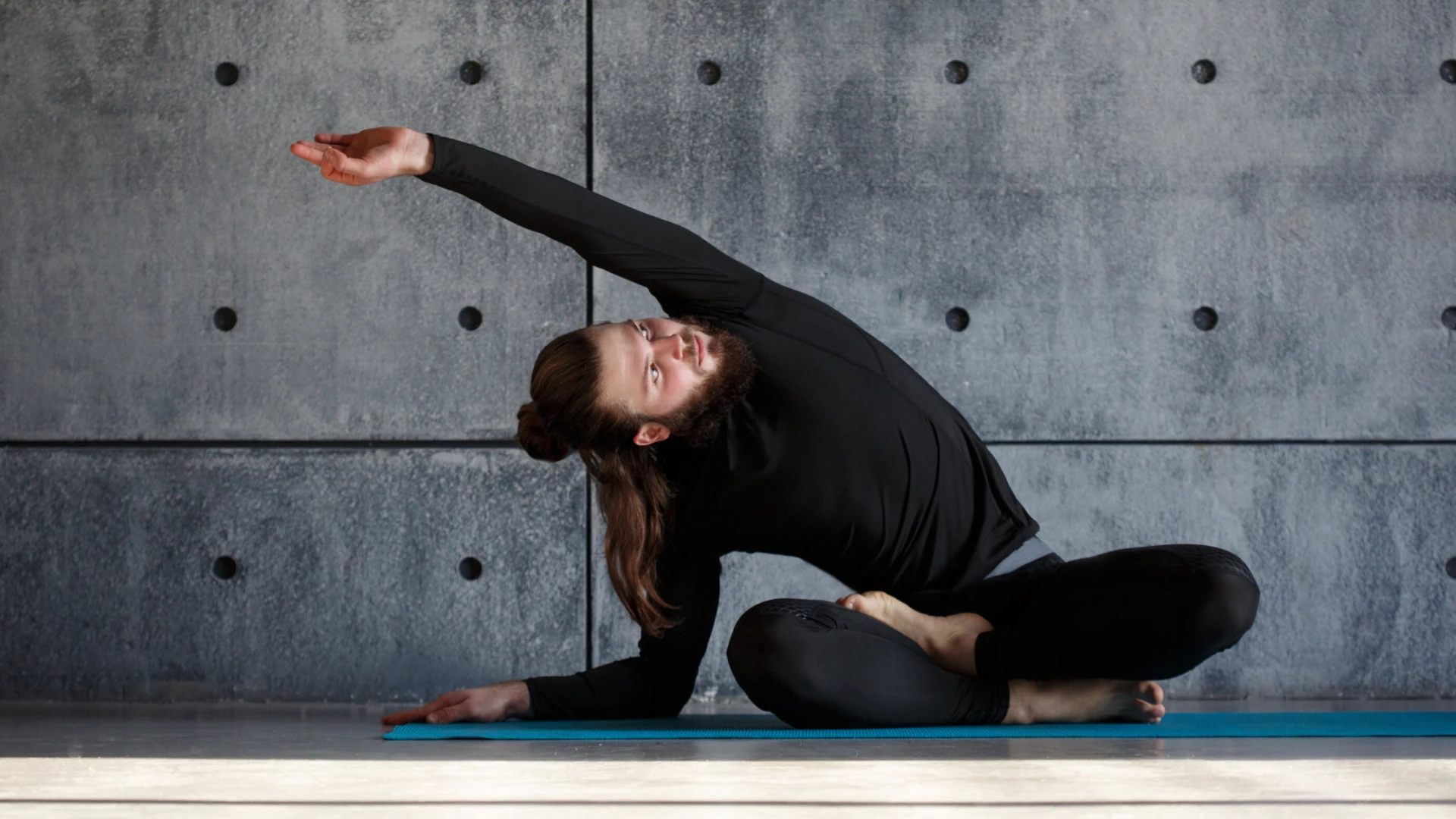
She stomped up to me at the end of class, obviously pissed off.
“I don’t know what you think this stuff is good for,” she barked.
I was taken aback, “What’s wrong?”
“Your poses,” she continued, hands-on-hips, “they do nothing for me, I mean NOTHING.” She was clearly exasperated, and she didn’t wait for my answer. She just turned around and stomped out of the room. I figured I’d never see her again.
She had come to my class expecting a more typical yoga workout, but instead, my class just made her angry. That was back in 2006 when I didn’t really understand the science of anxiety. I also didn’t know that it can manifest in so many different ways and look so different in different people. I assumed that everyone would benefit from 75 minutes of slow, mindful movement and a long, luxurious Savasana (Relaxation Pose) because I loved it so much. That was a mistake.
As I started to study mental health and trauma, I realized that anxiety is much more nuanced than I had previously understood. Thinking that anyone who feels stressed out or anxious will benefit from a slow sequence reflected a serious gap in my knowledge base.
Viparita Karani (Legs up the Wall Pose), Savasana, Yoga Nidra, Restorative, Yin—these practices all have their place and their benefits. Still, you cannot assume that they will sit well with everyone when they’re feeling stressed or anxious. For some people, they will simply exacerbate their symptoms, particularly if they are the first or the only thing you do in a class.
I’ve put together a list of principles of practice for working with anxiety that derives from my study, my teaching, my practice, and from working directly with many people struggling with anxiety over the years. I hope it is helpful for you right now if you are struggling with anxiety yourself, or for working with students during these stressful times.
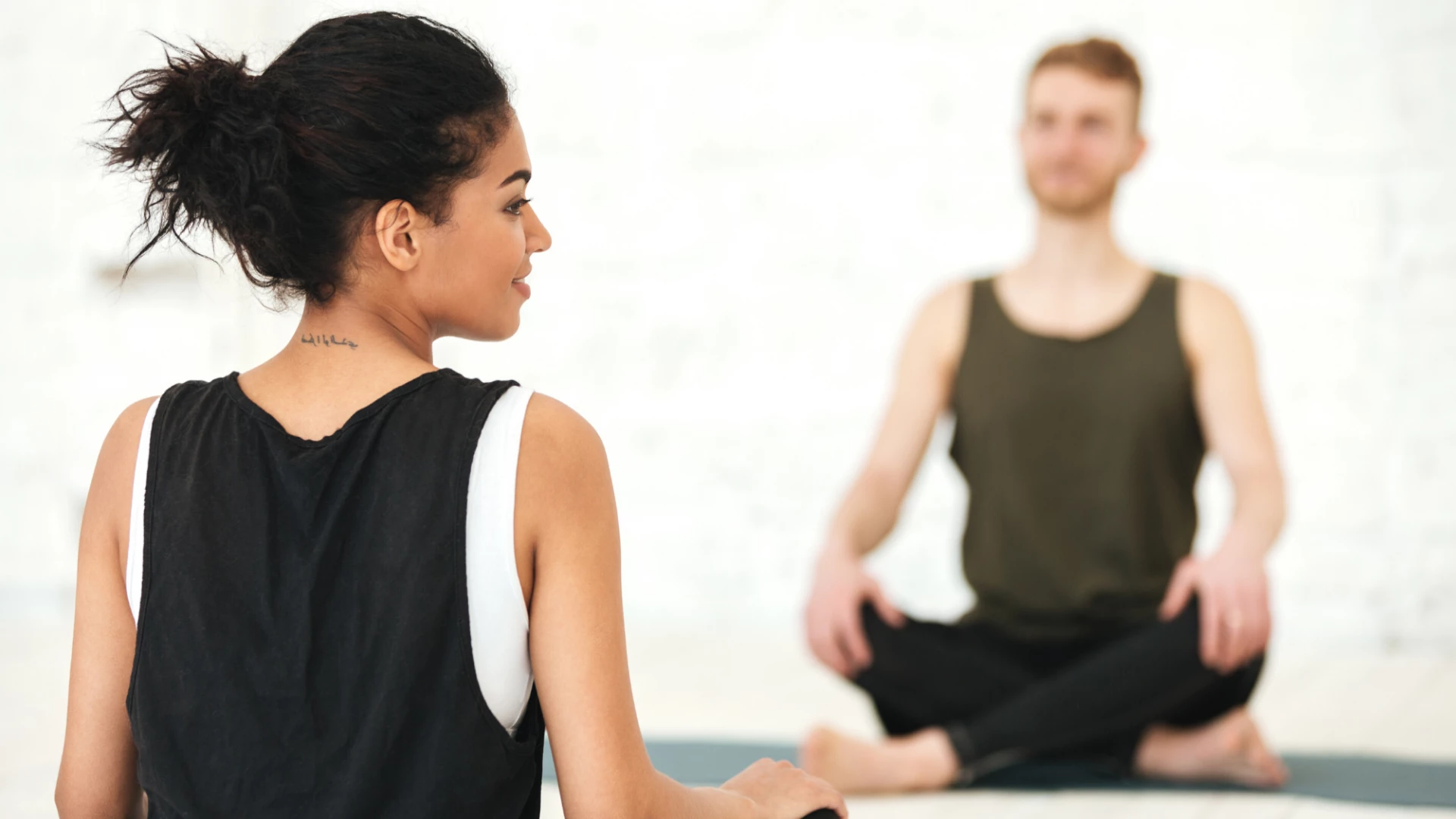
Safety
There’s a lot of yoga out there taught in an almost military style. I saw a video yesterday of a famous teacher barking orders to sit up straight and listen to her chant. While there are certain populations to whom this style of teaching is appealing (folks who feel safer with strong, firm boundaries, sometimes with histories of substance use disorders and trauma), for other populations (people who are triggered by authority, sometimes with sexual trauma histories), this approach can be triggering at best. While it’s challenging to individualize instructions during classes (particularly online ones!), a general principle is to cultivate an environment of safety.
The simplest way to do this is to offer options. I like David Emerson’s phrasing. When teaching postures, he says things like, “Some people like to do it this way … Some people like to try it that way…” It can be very useful for creating feelings of safety, inclusivity, and acceptance.
And there are many other ways to cultivate a safe space. Basically, you want to start by thinking of yourself as a guide rather than an authority. Respect what psychotherapists call “self-determination.” Offer students an opportunity to listen in to their bodies and choose their own approach. You give them ideas, and they implement them.
Because anxiety feels unsafe, creating safe spaces can help students remove some of their armor and begin to shift the nervous system even before class begins. For teachers, it relieves you of the burden of excessive authority—whew! While I’m here to guide and support, I am not in charge of my students’ experiences.
Resourcing
Resourcing means that you help students determine the positive, helpful influences in their lives and use them as needed, particularly if they feel triggered while practicing. Resources can be internal (for example, characteristics like self-compassion, self-forgiveness, and patience), but they can also be external (for example, a supportive spouse, a loving pet, etc.).
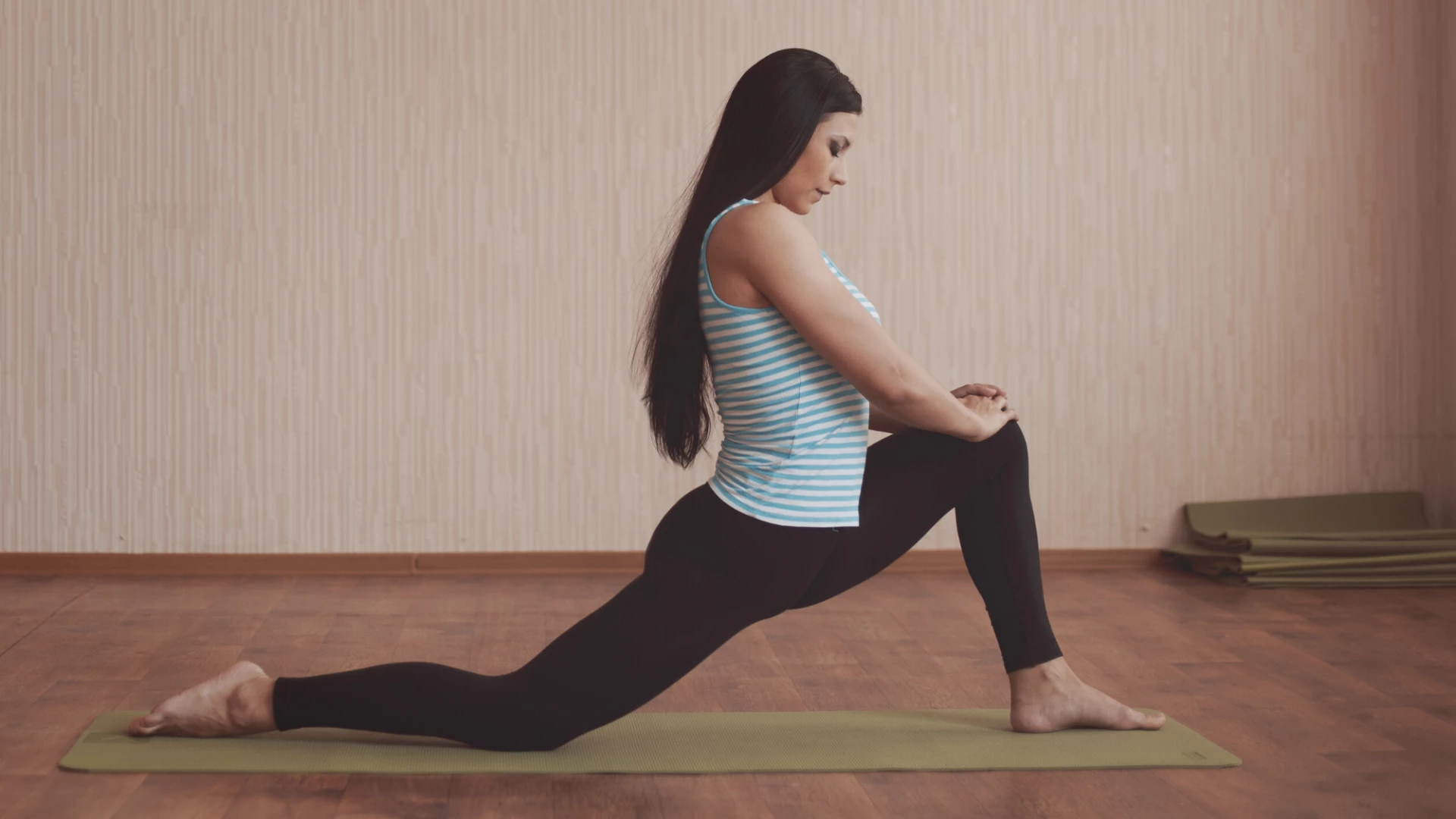
You don’t have to be explicit about resourcing while teaching. Still, you can ask folks to call in things like self-kindness, remind them of ahimsa (non-harming), ask them to remember a kind person in their life, etc. as a way to weave resources into their experience. Resourcing helps students feel in control, and that’s the opposite of what anxiety does.
Meet the Mood
If I had been a little more observant (and understood anxiety a bit better) at the time, I might have noticed that my stomping student was hyped up and that the things that I love to do and teach—slow, mindful movement, restorative poses, Savasana, etc.—just exacerbated her state. She would’ve been much happier had I given her options that reflected the state of her nervous system.
“Meeting the mood” means that you respect the person and their nervous system. You recognize that they may very well be in overdrive, even if the student can’t recognize it herself. Signs of overdrive include moving around a lot, fidgeting, looking around the room or out the window a lot, spacing out, wanting to stay longer in Phalakasana (Plank Pose) and Adho Mukha Svanasana (Downward Facing Dog Pose), wanting to move faster, getting up and leaving during Savasana, etc.
I used to feel judge-y about these behaviors. I’d think to myself, “Good lord, why can’t you just relax?” But I got over that as I started to understand what was going on. And I remembered that never in the history of calming down has telling someone to “calm down” actually made anyone calm down. When I started to understand that displays of agitation offer me a window into the nervous systems of my students and from there I can give them practices to help shift out of those unpleasant states, my teaching got a lot better and I could help many more people.
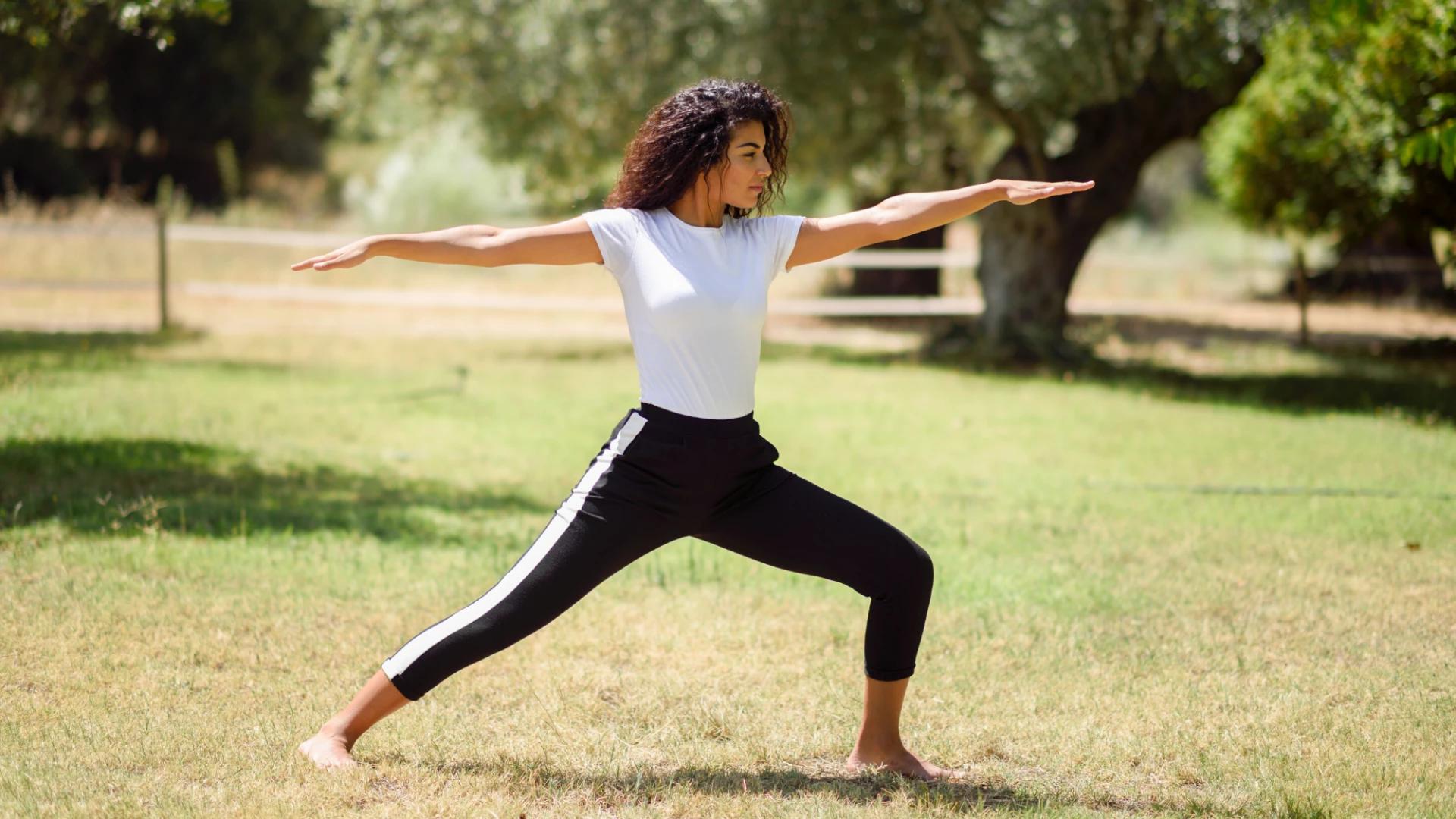
So, when working with anxiety, I try to start classes with practices that may immediately shift the nervous system. I invite people to “wiggle around” or “jump their jiggles out,” which are basically my silly names for what are technically called “rebounding” practices—bouncing, jumping, shaking, swinging twists, Do-in self-massage, etc.
What I don’t expect is that a class of anxious people is going to benefit if I immediately put them in Savasana, Legs Up the Wall, or a Restorative pose, or even ask them to do Tadasana (Mountain Pose) like a guard at Buckingham Palace, and then spout empty platitudes like: “These poses are good for anxiety!” No pose is “good for anxiety” unless it is actually good for the person.
Meeting the mood means respecting the nervous system. I see you. I see that you may not be in a great place, and I think I might be able to show you something different. So I invite you to come on this journey with me.
Guide in the Direction of Calm
Of course, this discussion deserves a lot more detail than I can give here in a blog post, but the idea is that after burning off some of those stress chemicals by meeting the mood, we can then guide folks in the direction of calm. Appropriately using some stronger, faster, bigger, more brahmana movements toward the beginning of a practice, and then, step by step, guiding students toward a calmer place is a key way to think about helping folks cope with, manage, and ultimately, over time, reduce their anxiety symptoms.
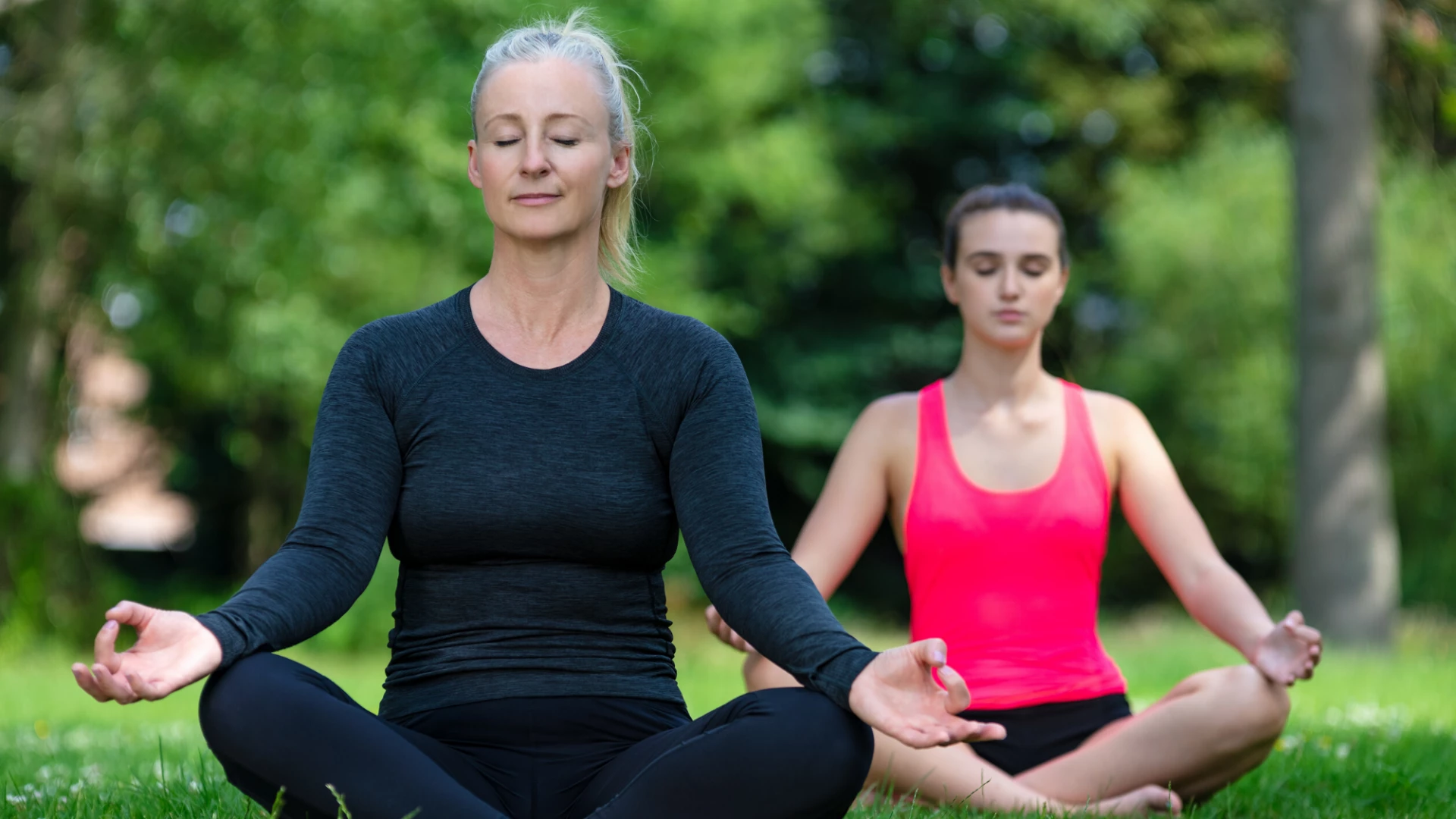
Here is an example of a possible sequence (this is definitely NOT a prescription):
- Shake it off
- Swinging twist
- Urdva Hastasana (Arms up in Mountain Pose)
- Virabhadrasana I (Warrior I Pose)
- Trikonasana (Triangle Pose)
- Uttanasana (Standing Forward Bend Pose)
- Virabhadrasana I to Virabhadrasana III (Warrior I to Warrior III Pose)
- Utkatasana (Chair Pose)
- Vrksasana (Tree Pose)
- Adho Mukha Svanasana (Downward Facing Dog Pose)
- Bhujangasana (Cobra Pose)
- Pavana Muktasana (Supine Knees to Chest Pose)
- Jathara Parivrttanasana (Revolved Belly Pose)
- Pavana Muktasana (Supine Knees to Chest Pose)
- Legs Up
- Savasana
About that stomping student? Surprisingly, she came back. She even started to study with me in my workshops and trainings. After a while, she told me that she had begun to love slow, mindful practices, but she appreciated that I helped her validate and recognize that there was a time in her life that strong yoga was really important. It helped her manage her anxiety so that she could eventually move to more internal practices and affect a deeper healing.
Also, read...
Research Studies Document Benefits of Yoga for Depression
Feb 28 – By: Angela Sickler
Looking for Ways to Cope with Anxiety? How Yoga May Help
Jan 26 – Ram Rao, Ph.D.
Preventing Chronic Disease: Yoga May Alter Gene Expression Linked to Inflammation
Jan 24 – Dr. B Grace Bullock
Related courses
Breath as Medicine: Yogic Breathing for Vital Aging
With Doug Keller
Yoga and Myofascial Release: Releasing Chronic Tension with the Bodymind Ballwork Method
With Ellen Saltonstall
Reprinted with permission from Subtle Yoga.

 Committed to the widespread adoption of yoga as a population health strategy, Kristine Kaoverii Weber, MA, C-IAYT, eRYT500, YACEP has been studying yoga and holistic healing for nearly 30 years advocating, speaking, and teaching about yoga since 1995, and training educators since 2003. Her organization, Subtle® Health, LLC, provides holistic, mind-body training, education, and clinical services with the mission of enhancing community health infrastructure. She is the director of the Subtle® Yoga Teacher Training for Behavioral Health Professionals program at MAHEC in Asheville, NC, presents workshops and trainings internationally, and is frequently invited to speak about yoga at health care conferences. After completing her BA and MA at Georgetown University, Kristine trained extensively in many styles of yoga, including Viniyoga, as well as in Asian bodywork therapy and homeopathy.
Committed to the widespread adoption of yoga as a population health strategy, Kristine Kaoverii Weber, MA, C-IAYT, eRYT500, YACEP has been studying yoga and holistic healing for nearly 30 years advocating, speaking, and teaching about yoga since 1995, and training educators since 2003. Her organization, Subtle® Health, LLC, provides holistic, mind-body training, education, and clinical services with the mission of enhancing community health infrastructure. She is the director of the Subtle® Yoga Teacher Training for Behavioral Health Professionals program at MAHEC in Asheville, NC, presents workshops and trainings internationally, and is frequently invited to speak about yoga at health care conferences. After completing her BA and MA at Georgetown University, Kristine trained extensively in many styles of yoga, including Viniyoga, as well as in Asian bodywork therapy and homeopathy.
She is the author of The Complete Self Massage Workbook and has published articles in the International Association of Yoga Therapist’s journal, Yoga Therapy in Practice, and other wellness publications. Her work has been featured in Redbook, BodySense, Women’s World, Natural Health, and Lifetime TV.
Recent articles
4 Ways to Practice Locust Pose
Jun 26 – Baxter Bell, MD, eRYT 500, C-IAYT
The Yoga Sutras: Practicing Non-Attachment without Becoming Detached
Jun 24 – By: Tracy Weber, C-IAYT, E-RYT 500
4 Easy Ways to Use a Sandbag in Yoga Practice
Jun 18 – Jennifer Williams-Fields E-RYT 200
Categories
Upcoming courses
Breath as Medicine: Yogic Breathing for Vital Aging
With Doug Keller
Yoga and Myofascial Release: Releasing Chronic Tension with the Bodymind Ballwork Method
With Ellen Saltonstall
JOIN NOW!
Recent articles
Almost there...
Sorry, we couldn't find anything...
Pose Library
4 Ways to Practice Locust Pose
Locust Pose (Salabhasana) is a simple backbend that strengthens the entire back of your…
Jun 26 – Baxter Bell, MD, eRYT 500, C-IAYT
Beginning Yoga
The Yoga Sutras: Practicing Non-Attachment without Becoming Detached
The concepts of attachment and non-attachment are mentioned several times in The Yoga Sutras…
Jun 24 – By: Tracy Weber, C-IAYT, E-RYT 500
Yoga Practice Tips
4 Easy Ways to Use a Sandbag in Yoga Practice
B.K.S. Iyengar is credited with introducing props into modern yoga as a means of…
Jun 18 – Jennifer Williams-Fields E-RYT 200



